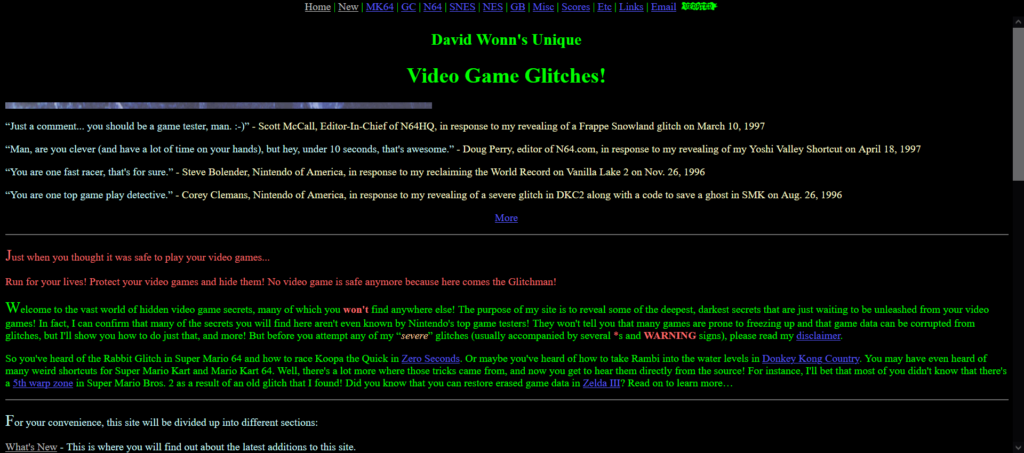It’s been a difficult time here for the moment, so I’m doing low-effort posts at the moment. I have ideas for several more long-form posts, but if the posts be long, so is the time to write them properly. So, in the meantime, here’s yet another Youtube video on a random piece of video game hyper-esoterica.
It’s a good one this time though! A 25-minute video on using all kinds of glitches and tricks to avoid beating bosses in a game where every level ends with a boss!
Super Mario 2, USA version, isn’t a game that I don’t think of when it comes to glitches, and I’d wager it doesn’t for many of you either, so it’s a bit reassuring to know that it’s got as many weird ways to bend the game’s rules as do games like Super Mario Bros. and Ocarina of Time. The video’s from Retro Game Mechanics Explained, which, along with Displaced Gamers, are among my favorite channels for digging deeply into the actually assembly code of games, and figuring out exactly why they do, or don’t do, what they could/should. Along the way you’ll get a basic understanding of how SMB2USA handles connections between areas.
If you’re as obsessed with understanding how these games were put together as I am, it’ll be like sugar candy to you! If you aren’t, well, maybe you’ll find it interesting anyway.


